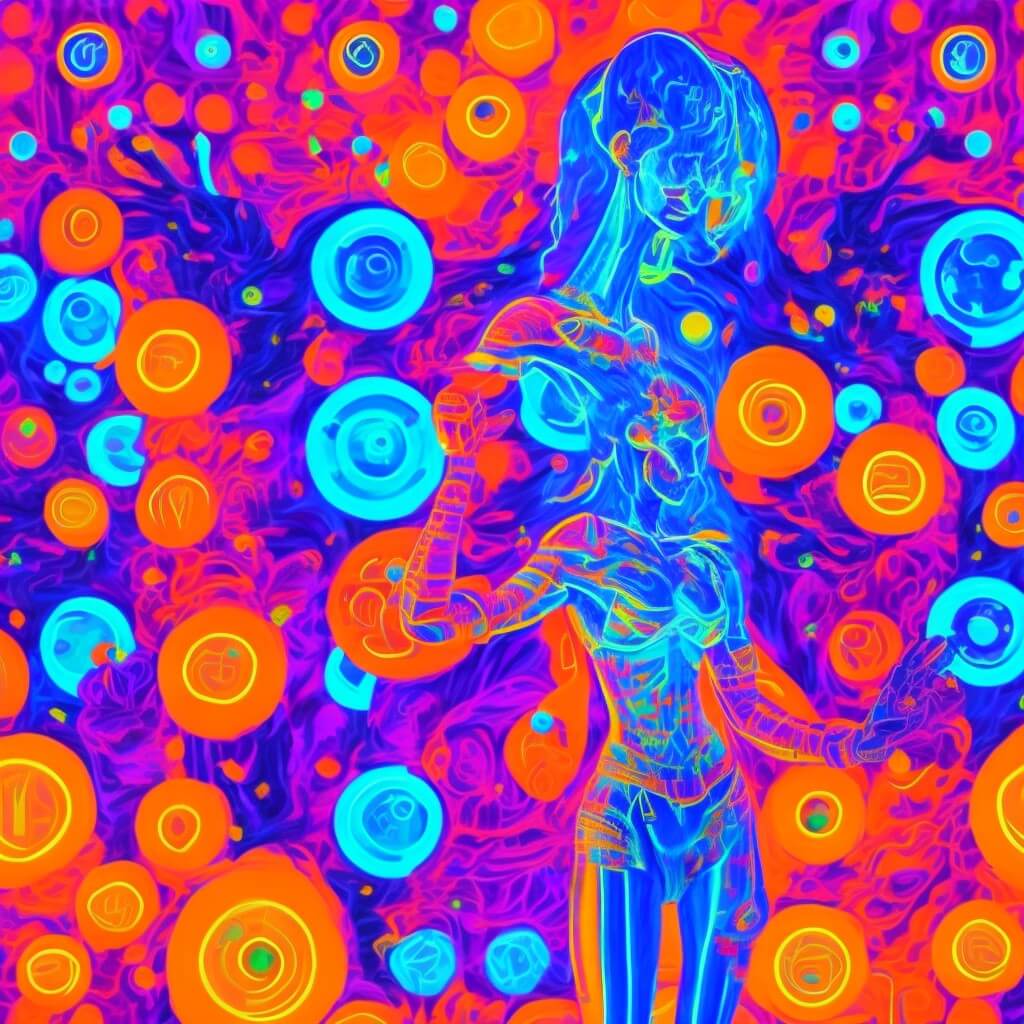In 2007, computer scientist and entrepreneur Bobby D. Bryant made a prediction about the future of artificial intelligence (AI). Bryant has worked in various areas of AI, including natural language processing, machine learning, and computer vision. He is the founder of several AI startups, including Sentient Technologies and SigOpt, which specialize in evolutionary algorithms and optimization techniques for machine learning. He has also worked as a research scientist at several prominent AI research institutions, including MIT and the University of California, Berkeley.

Bryant’s prediction about the future of AI, made in 2007, was that AGI (artificial general intelligence), HLMI (high-level machine intelligence), and transformative AI would not be realized until beyond the year 2100. This means that he believed that we would not see machines with the ability to reason, learn, and solve complex problems at a human level for many decades to come.
It’s worth noting that Bryant did not provide an opinion on the concept of an “intelligence explosion,” which is the idea that once machines reach a certain level of intelligence, they will be able to recursively self-improve and surpass human intelligence very rapidly. Some experts, such as Ray Kurzweil, have predicted that this could happen as early as 2045. However, Bryant did not express a view on this matter.
Flycer’s Explanation for Better Understanding

To better understand Bryant’s prediction, Flycer provides some additional insight. Flycer is an AI-focused website that offers analysis, commentary, and news about developments in the field of AI. According to Flycer, the idea of a singularity, or the point at which machines surpass human intelligence and begin to recursively self-improve, is unlikely to be realized. Despite advances in technology over the past 50 years, we have not made enough progress to reach this goal.
Instead of striving for a singularity, Flycer suggests that society could benefit more from the development of “stupid AI.” This refers to AI that is designed to perform specific tasks, rather than trying to create a single machine that can perform all tasks at a human level. By developing AI that can perform specific tasks, such as recognizing images or translating languages, we can still achieve significant benefits in fields like healthcare, transportation, and entertainment.
Internal Links
To learn more about other AI predictions, check out Flycer’s AI predictions page. If you’re interested in reading more AI-related content, be sure to check out Flycer’s homepage.
External References
In conclusion, Bobby D. Bryant’s 2007 prediction about the future of AI suggests that we still have a long way to go before machines are able to reason, learn, and solve problems at a human level. While some experts have predicted that an intelligence explosion could happen within the next few decades, Bryant did not express a view on this matter. Instead, Flycer suggests that we could benefit more from the development of “stupid AI” that can perform specific tasks, rather than striving for a singularity.
For more information about the concept of an intelligence explosion, check out this article on Wikipedia. You can also learn more about Bobby D. Bryant’s in his video below.





